Dan Engelsma Looks Back on 50 Years with Kraus-Anderson
Kraus-Anderson Companies Vice Chairman Dan Engelsma wraps up a 50-year KA career this summer. Following are some of his takeaways from five decades as a real estate and development leader. Photos: Above, the opening the new KA office headquarters in 2017; and groundbreaking for the KA office headquarters’ predecessor in 1974.
Kraus-Anderson has really been part of your life for your entire life, hasn’t it?
DAN ENGELSMA: As Lloyd Engelsma‘s son, I grew up with Kraus-Anderson. I can remember from as young as six, seven, eight years old, riding around in Lloyd’s car when he’d be out inspecting jobs on a Saturday afternoon or Saturday evening. He’d drive around a job, jot down notes, and Monday morning, he’d come to work and send the notes out to all of his job superintendents, that this needed to be done, or that needed to be done. It was his way of keeping current and managing all of his work.
You started working here as a teenager, put to work on construction sites during the summers.
DAN ENGELSMA: I bounced around a little bit but I spent one entire summer on Brookdale Shopping Center. I got on the concrete group and just poured concrete for three months literally all day long, working probably 10-hour days.
So, no preferential treatment for you.
DAN ENGELSMA: None, none.
What was your first role as a full time KA employee when you started here in 1969?
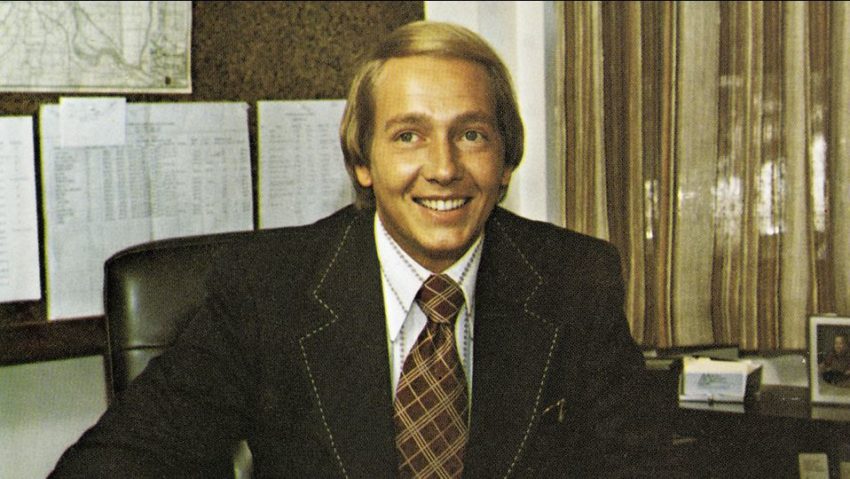
DAN ENGELSMA: There were two guys in the real estate department when I came in, Burt Dahlberg and Gordy Fox, I was the third one in. We were building the Metropolitan Medical Building just down the street in Elliott Park. And we had just started an apartment building at New Hope, so my assignment was to manage the apartment building and lease Metropolitan Medical Building. With no experience, I just went out and started talking to a lot of people and found out that the way to get it done is to get the phonebook out and start making phone calls, and we filled up Metropolitan Medical Building. Then on weekends I’d go over to Broadway Village Apartments and help the resident manager lease apartments or get anything done that they couldn’t do during the week. So I was working seven days a week but didn’t know any better, that was my job and I did my job.
One of the earliest photos of you we have in our archives is an early 1970s groundbreaking for an expansion to Southtown Shopping Center in Bloomington. What was your role there?
DAN ENGELSMA: Southtown was the biggest property that Kraus-Anderson had at the time and I think we were all involved in pieces of it anyway. I did some leasing at Southtown during different expansion periods. It started as a strip center, anchored by Montgomery Wards, Red Owl, Walgreens, and over time, really took on a life of itself. It still is on the busiest intersection in the state of Minnesota and it’s been a phenomenal draw for 50 years.
Southtown was also one of KA’s earliest development projects.
DAN ENGELSMA: Yes, we came in initially as a contractor and then very early on became a partner in the equity and by the time it was done, ended up owning the entire shopping center.
What led Lloyd to diversify into commercial real estate development?
DAN ENGELSMA: He had very good friends who were real estate developers and as a means of getting construction business, he joined that team and built probably 10 or 12 shopping centers where there were about five individuals that all had pieces of it. He learned very quickly that, as a developer he could keep his construction business busier; plus with equity and deprecations he could protect the earnings of the construction company.
Let’s talk a little about the KA Block through the years. When you started working here, you were in the former 501 S. Eighth Street building- the one built in the 1940s on the corner where we are now. What do you remember about that building?
DAN ENGELSMA: It was small. When I got there in ‘69, there were probably 10, 12 people in the office when I started. And behind the 501 building was the yard for construction and we moved it two or three times so we could expand our building. That 501 building was just a continuous construction project through the growth in the late ‘60s, ‘70s of what Kraus-Anderson was experiencing. Through that same period, rather than building a bigger building, Lloyd just opened up other offices and that was the expansion of the St. Paul office and then the Kraus-Anderson Building Company office and then the Kraus-Anderson Midwest.
Talk about those growth years. What was KA Realty’s focus?
DAN ENGELSMA: We were doing shopping centers literally all over the Midwest and we were the predominant developer for Red Owl at the time and we just kept building strip shopping centers, 60,000 square feet, 90,000 square feet strips anchored by Red Owl on one end and Snyder Drugs on the other end. We did them over and over and over again.
In the ’70s and ’80s, besides shopping centers, Lloyd got KA involved in wide range of activities: operating bowling centers,
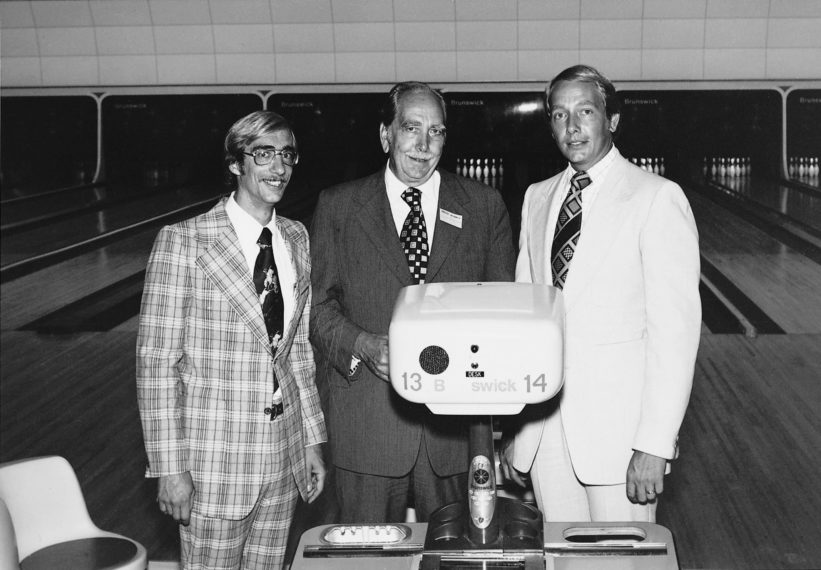
developing condominiums in Hawaii and Colorado; operating Four Seasons Fashions, a women’s apparel chain. KA operated the Lucky Twin Drive-in for a while; he bought an insurance agency; started an aviation company. What was driving those decisions?
DAN ENGELSMA: Well, he was willing to try just about anything but, there was always a very distinct method and it was all done to help protect his core business which was construction and real estate at the time. The insurance agency was established because he was convinced that he could insure his own properties and get rid of the middle man to save money for his real estate portfolio and his construction activity. The Lucky Twin was a real estate play, he liked the land and in order to buy the land or in order to buy it, he bought the theater and he wasn’t ready at that moment in time to do the development so he just ran the theater. And the theater was profitable, he made a lot of money running movies and that was his entree to Ted Mann who he worked with for the next 40 years, built all the Mann Theatres.
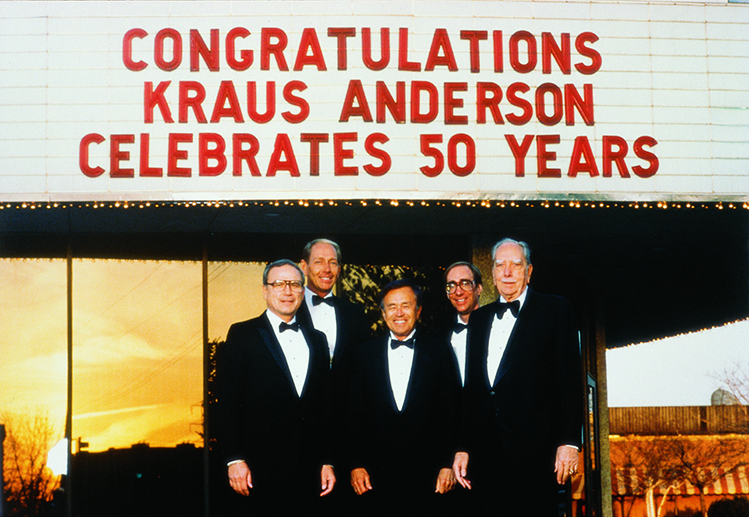
And Ted Mann was just one of many high-profile business, and community and political leaders who came to trust Lloyd. Why?
DAN ENGELSMA: Lloyd was tough but he was fair. Fair beyond all reason and his personality attracted some very successful heavyweight business people and they all just loved Lloyd. Ted Mann is a good example. Carl Pohlad is another. It was just Lloyd’s way.
You were very involved in the Fountain Lakes development in Florida in the late ’80s-early ’90s. Talk about that.
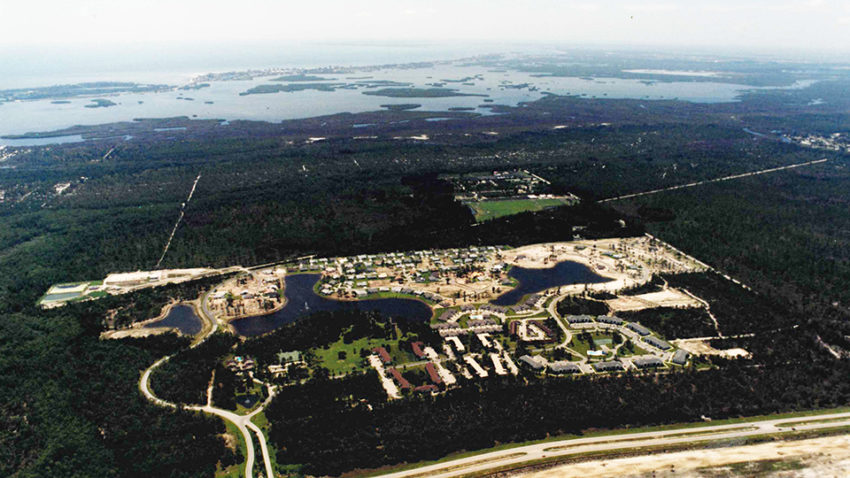
DAN ENGELSMA: We were building a co-op for a senior housing developer and during the construction of that project, they had an idea for building a winter residence in Florida. When it came time to close on the land, they changed their mind and Lloyd asked me to go down to Florida and take a look at it and give him my opinion as to what we should do. So I flew into Fort Myers, rented a car, drove up and down highway 41 and I couldn’t find the project. It looked like a swampy field. There were no people, it was a stretch of highway that had no construction whatsoever and I was just sort of aghast that we would have bought it. About a year passed and Lloyd came to me and said, you gotta go down there and figure it out. Another real estate developer, a good friend of Lloyd’s named Stan Taube, went down with me. We had a few meetings, there was no zoning on the land and we talked to the city about a housing development. Then we started talking about sewer and water and there was no sewer and water available. So we formed a public utility and became Fountain Lake Sewer Corporation, which we ran for probably 20 years.
And you turned it into a major development.
DAN ENGELSMA: I think it was about 500 acres total and we ended up building 1500 housing units, did some condos, a lot of single family homes and then about 300 units of apartments. I think we broke even on the single family housing. And then we sold the apartments for quite a windfall profit because the market was really hot at the time. So we were able to make a little money off of that sale.
How did we get into building condos in Hawaii?
DAN ENGELSMA: Lloyd started in Hawaii as a contractor building for George Mikan. The economy went bad, we ended up taking it over and selling it out.
KA also did the Lyric Block redevelopment in downtown Duluth in the 1970s, yes?
DAN ENGELSMA: Yeah, Burt was from Duluth and, was always active in the Duluth area, worked in Duluth before he came here, but the Lyric Block was a joint venture between Tom Noble, the Normandy Hotel and Kraus-Anderson. It was a fairly substantial Sheraton Hotel along with some office space.
How did we come to build a shopping center in Iron Mountain, Michigan?
DAN ENGELSMA: That was Burt Dalhberg. The owner of the land up there owned a chain of fast food restaurants and had three or four of them in Duluth. So Burt met this guy in Duluth and talked about the possibility of coming to Iron Mountain and taking his piece of land and developing it. We did, it’s a very successful development about 120,000 foot strip shopping center, right on the edge of downtown Iron Mountain.
So a lot of these activities were relationship-driven.
DAN ENGELSMA: Most all of it is relationship driven and all of it for the benefit of all of the companies we have. Each time we did something, it was touched by all of the divisions.
And we grew, we outgrew our space downtown a while ago and the Realty team moved out to Bloomington.
DAN ENGELSMA: Yes, we were out there for probably 25 years. I think what happened was, as the companies were growing and expanding and each company was growing by 10 to 15 percent a year and their sales were growing their earnings were growing. And no one really sat down to look at the inside of what that was doing to us. We had five or six CFOs, we had five or six computer departments and all running different software and so we had what was a hodgepodge of organizations, even though they were super successful, there was little consistency in the way anybody did business. And we owned this block. We started assembling this block with the old 501 building in the 40s and every time something came up for sale, we just bought it and a big parking lot and a small office building for years and years. So, the time had come where we could bring all of our companies together, streamline the entire operation and do better than we were doing overall. When we first started we were going to build just the 501 building that we’re in now and the city pushed back, they wanted the block done so, we backed up and spent about a year putting the rest of it together and came up with the hotel and the apartments and Finnegans. And we went back into the city and they were elated at what we had done, fully supportive of our plans and worked with us to get it started physically. I think the 501 building that we’re all in now turned out to be a phenomenal success, all of the people that we brought in from our different offices are all extremely happy and I think it’s been a great outcome.
There was so much collaboration involved in creating this building that everybody who wanted a voice, had a voice in shaping it.
DAN ENGELSMA: Yeah, everybody felt a part, from the accounting people to the administrative people to the real estate managers, construction project managers, senior management. It was a labor of love throughout the entire company.
And the rest of the block is a showcase for everything we do as well, it was almost like a laboratory, watching everything come together.
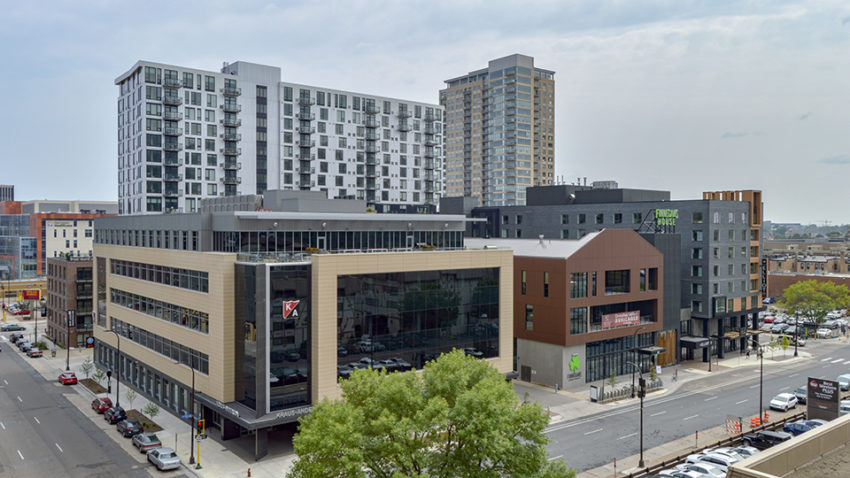
DAN ENGELSMA: Yeah, it really was amazing, I mean it was the right time, real estate projects generally have a life of their own and a time for them to succeed and to put the hotel, the apartment building and the brewery and us all together at one time and have it all come together it’s a huge project. I think we were the only full block development that been developed in downtown Minneapolis since the 60s, 70s and 80s, I think we probably in the last 20 or 30 years were the only full block development that’s taken place.
What’s the future hold for Southtown?
Southtown has had several lives and it’s in the process of going through another re-birth as we speak. We have done some master planning and where it started out as a strip shopping center, it is going to end up in a mixed use development. We’re working now with a housing project down there. We’ve got the possibility of a hotel in one of the corners of the project. I think if we fast-forward for 10 years and look at Southtown again, it’ll be something completely different than what it is today. But it’s just getting started. The Herberger’s bankruptcy gave us back about 160,000 square feet of space so that will take on a life of its own and we’ve got four, five tenants that we’re working with that will be completely different than a department store and completely new and unique to Southtown. But the strength of Southtown should continue for the next 50 years.
Through the years there’s been a lot of ventures you’ve taken not always because you strategically sought them but because they came back to you somehow one way or the other.
DAN ENGELSMA: They come back to us but it’s because times change. We have always been a company that remains flexible and we’re looking for things to do and as the market changes, as people change, as a community change, grow-up, we find new business opportunities. We talked about being in the apartment business back in the 60s, we got out of it for probably 20 or 30 years and now we’re back into it. We’ll have probably 1,000 units of housing within the next six months, done, finished and online. Whatever comes around, if we can do it and it makes sense, and we can do it profitably, so we can protect our employees and our employee’s families, that’s what we’ll do.
What would Lloyd think about where we are today?
DAN ENGELSMA: I think he’d be immensely proud of what we’ve accomplished together. Lloyd was not about himself, he was about his employees and I think that Bruce and I learned a phenomenal lesson from Lloyd and the company is still about the employees. Senior management can’t do much on their own, they need that help and we’re willing to invest in the employees and give them an opportunity to grow and that’s what it’s all about. We will continue to do that.
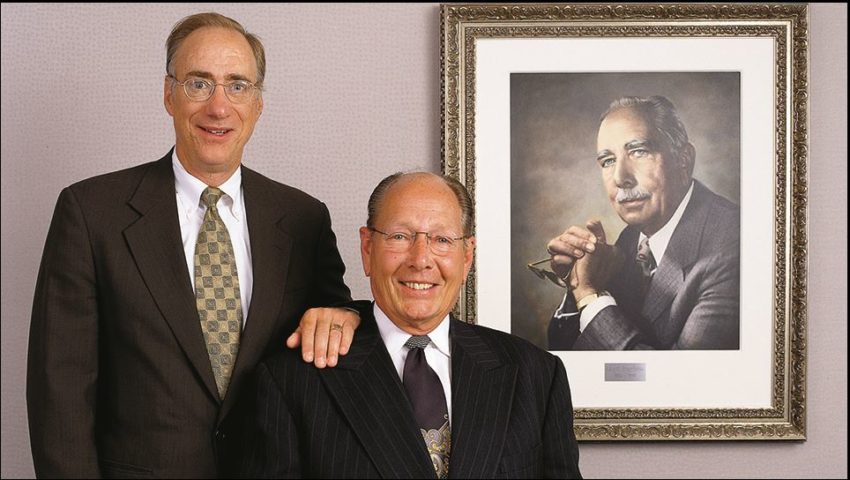
CATEGORY: Innovation